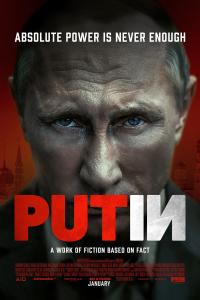Torrent details for "Parthasarathy H. Advanced Probability and Statistics...2023 [andryold1]" Log in to bookmark
Controls:
External index by SiteBot Verified
Category:
Language:
 English
EnglishTotal Size:
8.59 MB
Info Hash:
08a649d5d85ee4f734fad0df455b058d36284724
Added By:
Added:
16-09-2022 21:01
Views:
119
Health:

Seeds:
2
Leechers:
0
Completed:
79
Textbook in PDF formatExternally indexed torrent If you are the original uploader, contact staff to have it moved to your account
This book is primarily a book on advanced probability and statistics that could be useful for undergraduate and postgraduate students of physics, engineering and applied mathematics who desire to learn about the applications of classical and quantum probability to problems of classical physics, signal processing and quantum physics and quantum field theory. The prerequisites for reading this book are basic measure theoretic probability, linear algebra, differential equations, stochastic differential equations, group representation theory and quantum mechanics. The book deals with classical and quantum probabilities including a decent discussion of Brownian motion, Poisson process and their quantum non-commutative analogues. The basic results of measure theoretic integration which are important in constructing the expectation of random variables are discussed. The Kolmogorov consistency theorem for the existence of stochastic processes having given consistent finite dimensional probability distributions is also outlined.
For doing quantum probability in Boson Fock space, we require the construction of the tensor product between Hilbert spaces. This construction based on the GNS principle, Schur’s theorem of positive definite matrices and Kolmogorov’s consistency theorem has been outlined. The laws of large numbers for sums of independent random variables are introduced here and we state the fundamental inequalities and properties of Martingales originally due to J.L.Doob culminating finally in the proof of the Martingale convergence theorem based on the downcrossing/upcrossing inequalities. Doob’s Martingale inequality can be used to give an easy proof of the strong law of large numbers and we mention it here. Doob’s optional stopping theorem for submartingales is proved and applied to calculating the distribution of the hitting times of Brownian motion. We give another proof of this distribution based on the reflection principle of Desire’ Andre which once again rests on the strong Markov property of Brownian motion.
It will be an important resource to students and researchers of Physics and Engineering, especially those working with Advanced Probability and Statistics











































